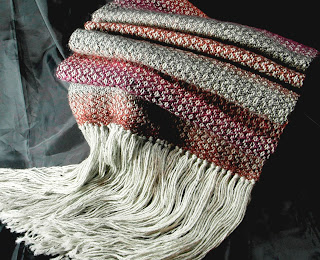Multi-tasking today.
I'm preparing a message for a woman's Bible study group and getting several items posted on my Etsy shop.
I'm really mixing it up, but not really, I think some people who observe Christians are of the opinion that if you're a believer you have to have your face in the Bible at all times, meaning you ain't spiritual enough if you ain't studying. Well, 32 years of serving God, telling others about my faith, I think I've realized one and only one thing. God wants our devotion to Him to be revealed when we are away from our personal Bible study time.
Yes, he wants us to pray, and worship Him and declare the amazing gift He gave us through His son's death on the cross.
Things coming out of our mouths in the form of words mean nothing, if the actions we display when we turn and say cross words to the person(s) observing our life, or we short-change someone for our benefit, or act unfairly in any manner unbecoming a believer. So the true answer to being holy isn't what we say, but whether we do what we say.
No, this isn't my lesson for the Woman's Bible Study, this is my conviction for me today.
If you had observed me yesterday, freaking out because (with my sister following in the car behind me) driving to the bank, the exit and entrance signs were not clear. When ONE sign says Exit Only and also says Entrance Only would you be concerned about going into a one lane entrance knowing this is the only way out for people already in there? So, I sought out another entrance, which placed me into a parking that forced me to park and exit my car, to go into the bank, cash a check, instead of driving through the ATM lane, using a card to get cash. I was more than agitated, because I was thinking the ATM must be inside, once I was in there I was the only customer in a huge lobby with tellers on the back wall, no ATM in site.
I tried to explain the confusing signs to the teller, but she just wanted to see some I.D.
I think I was probably not a good "do as I say person," because, instead of going back to my car, I went straight to my sisters car and told her how the teller had treated me, when I tried to explain how confusing her parking lot is. I simply forget sometimes that I have a choice on the battles I choose, and the way I square up to people to make a complaint. My sister laughed and laughed at my behavior, because it was unexpected and she hadn't seen me in this form, and it was unbecoming and out of character behavior for me.
Sometimes I really kick against the behavior I know I'm supposed to display and just put it right out there, that I have issues with this imperfect world I'm stuck in.
OK with that out of my system, I'm listing some items on Etsy today, and I have some better pictures of my scarves that I've been weaving. Here is a taste of this fall's projects. I think I've landed on a yarn I love and a style that really pleases me. Enjoy.
For this scarf I used left over yarn from Aven's Hoodie below:
Below is a scarf made from sock yarn, also, the Gray tweed fringe is the warp, and the different shades of burgundy and eggplant are subtle self-striping sections from sock yarn.
I also used my loom to weave this soft angora scarf, it is narrow and I've used the same yarn on the warp (vertical stripes) as the weft (horizontal.)
Just a few samples. Gotta go, listing on Etsy is pretty simple now ...










